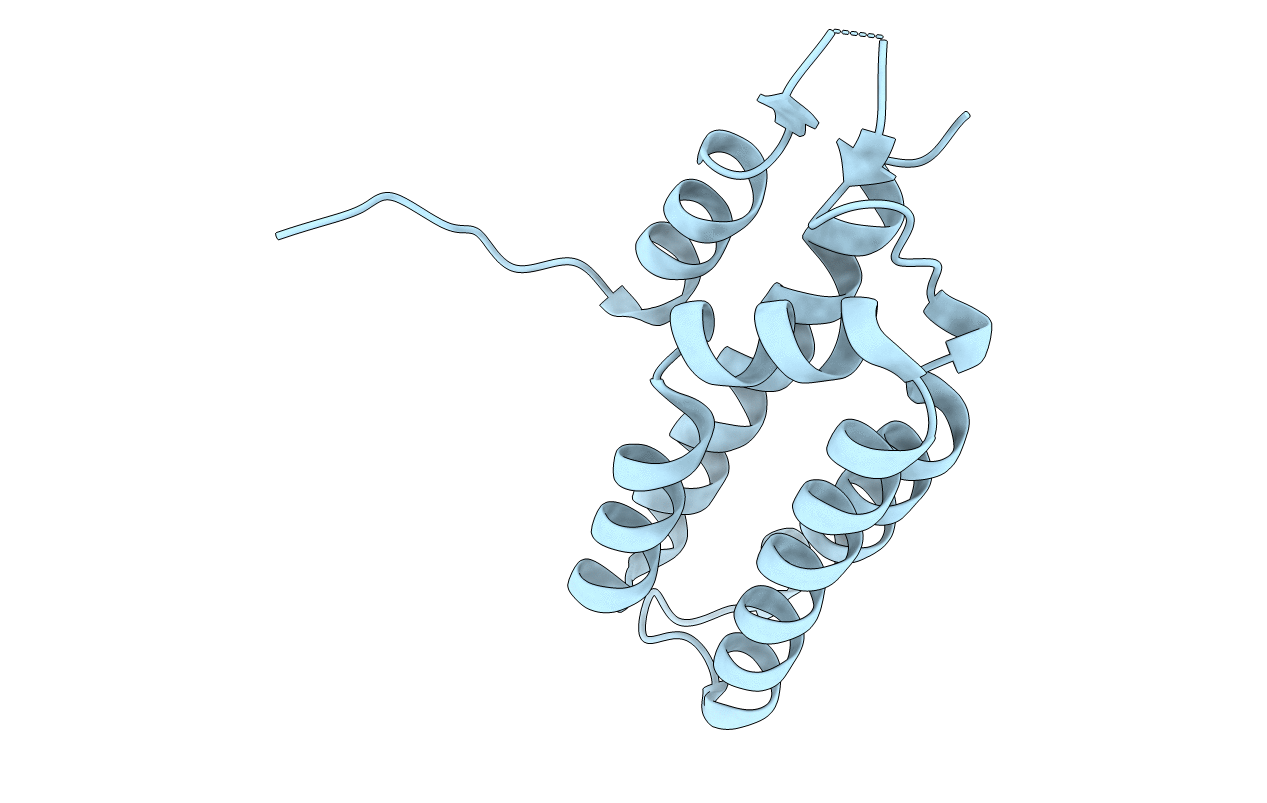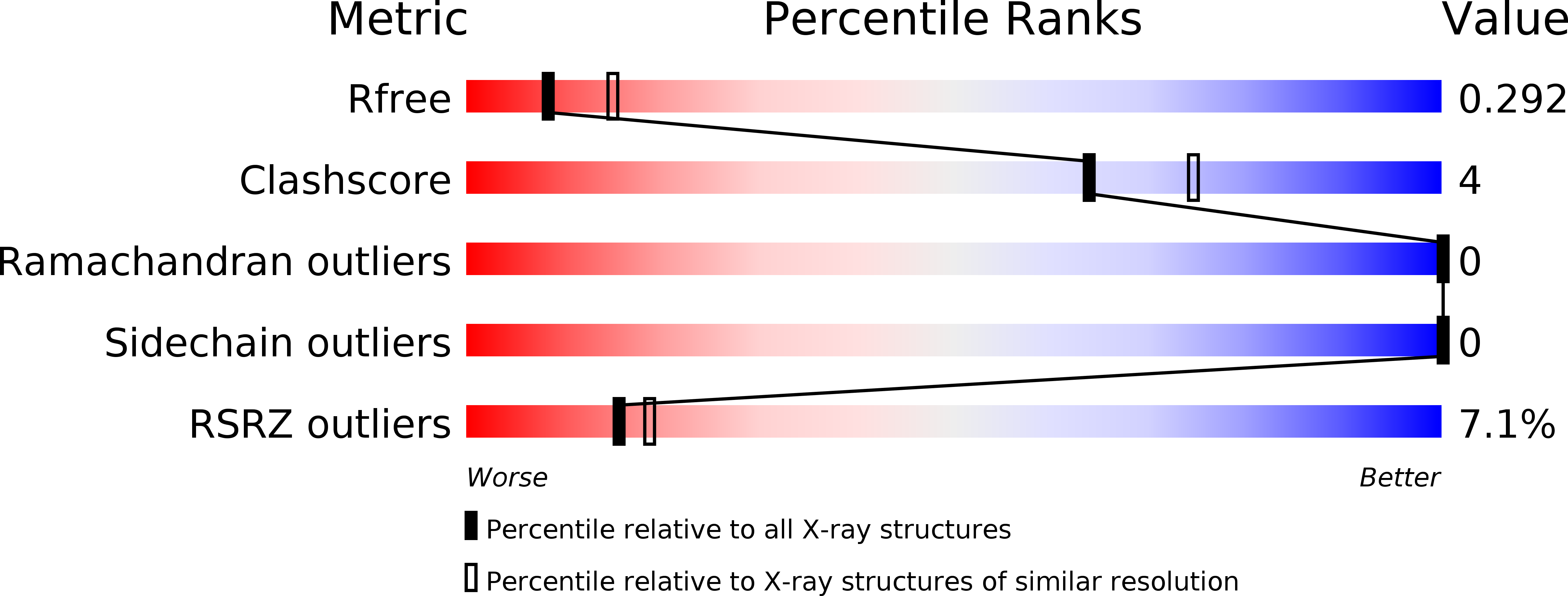
Deposition Date
2018-12-10
Release Date
2019-02-13
Last Version Date
2024-03-13
Entry Detail
PDB ID:
6NBU
Keywords:
Title:
CRISPR Complex Subunit Csm2 from Staphylococcus epidermidis RP62a
Biological Source:
Source Organism:
Host Organism:
Method Details:
Experimental Method:
Resolution:
2.75 Å
R-Value Free:
0.29
R-Value Work:
0.24
R-Value Observed:
0.24
Space Group:
P 41 21 2


